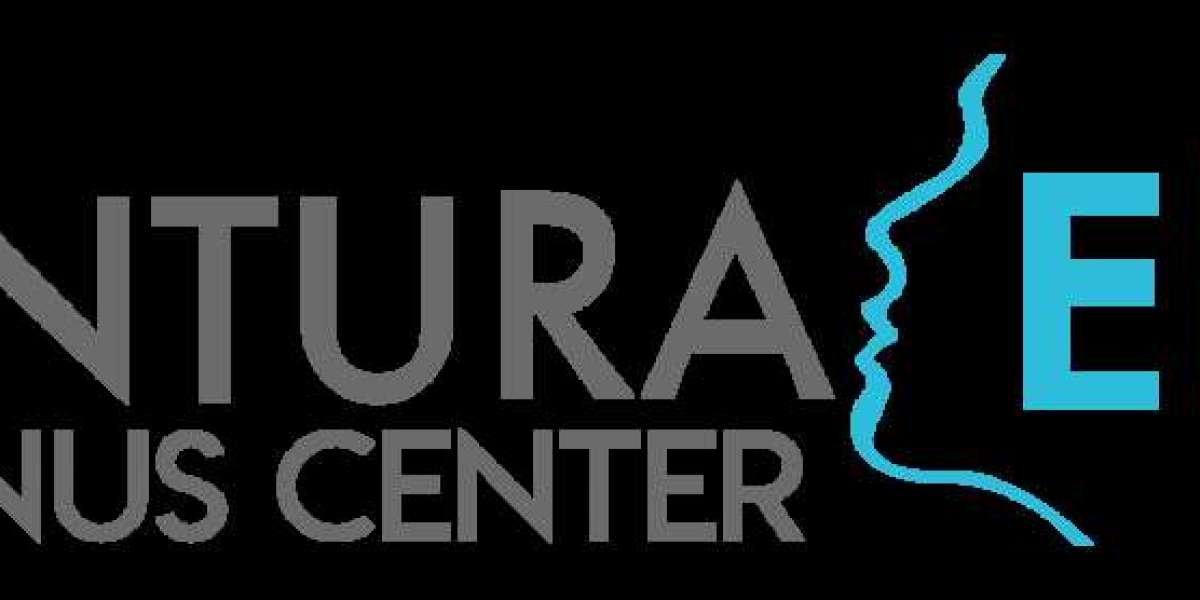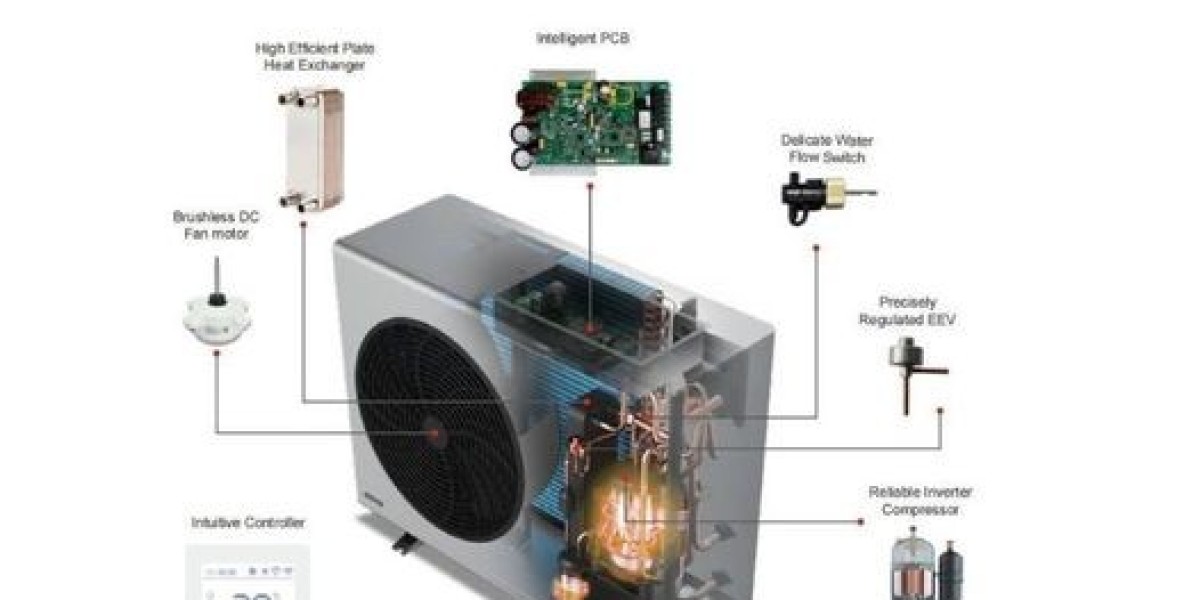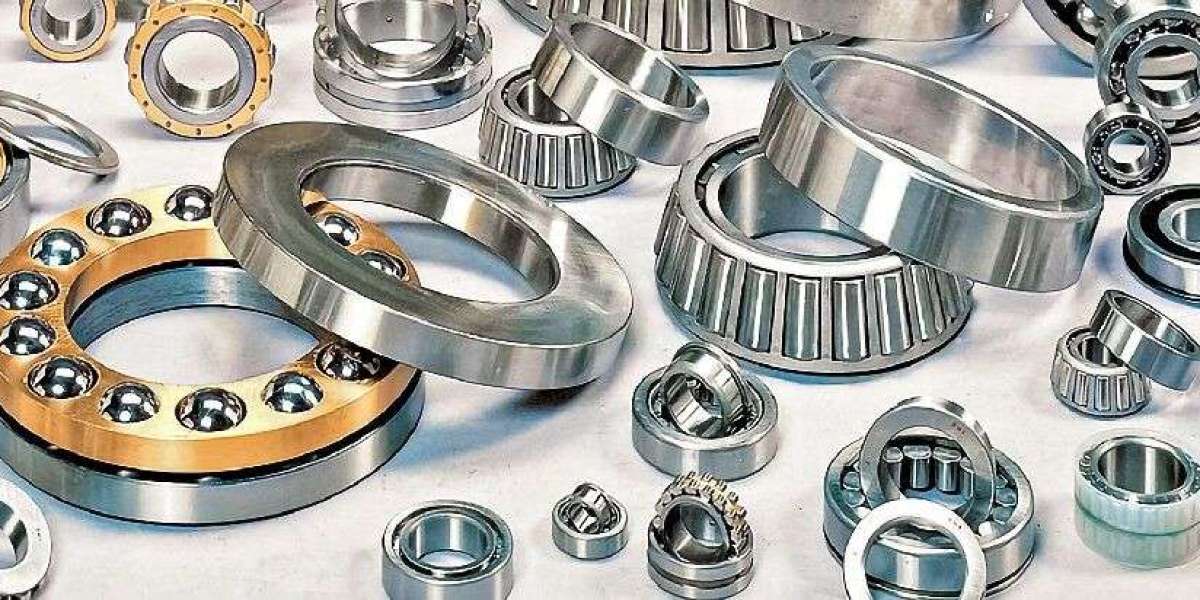Chronic sinusitis is a condition marked by prolonged inflammation and symptoms that interfere with daily activities, including work, exercise, and sleep. For individuals with ongoing sinus issues that do not respond to medications, surgical treatment options like balloon sinuplasty and endoscopic sinus surgery can be effective solutions. This blog explores these options to help patients make informed decisions about sinusitis care.
Balloon Sinuplasty: A Minimally Invasive Approach
Balloon sinuplasty is a minimally invasive procedure designed to open blocked sinus pathways and facilitate natural drainage. During the procedure, a small balloon catheter is inserted into the sinus cavity. Once in place, the balloon is inflated to widen the sinus passages and restore airflow. This technique is highly effective for chronic sinusitis sufferers, with minimal downtime and a high rate of success.
Advantages of Balloon Sinuplasty:
- Minimal Recovery Time: Patients typically recover quickly, returning to their normal activities within a few days.
- Low Risk: As an outpatient procedure, balloon sinuplasty has fewer risks compared to traditional sinus surgery.
- Immediate Relief: Many patients experience reduced sinus pressure and improved breathing shortly after the procedure.
Ideal Candidates for Balloon Sinuplasty: Balloon sinuplasty is best suited for patients with recurrent or chronic sinusitis who do not respond to medical management. It is especially helpful for those experiencing sleep disturbances due to sinus-related snoring treatment.
Endoscopic Sinus Surgery: A Long-Term Solution
For cases of chronic sinusitis where balloon sinuplasty may not suffice, endoscopic sinus surgery provides a more comprehensive solution. This surgical approach is typically performed in a medical facility under local or general anesthesia, where the surgeon uses an endoscope to view the sinus passages directly. They can then remove any obstructions, such as nasal polyps, to improve sinus drainage.
Advantages of Endoscopic Sinus Surgery:
- Long-Term Relief: By clearing physical obstructions, endoscopic surgery can provide lasting relief for patients with chronic sinusitis.
- Customized Approach: Surgeons can target specific areas of the sinuses, personalizing treatment based on the patient's needs.
- Enhanced Breathing: After surgery, patients experience improved nasal airflow, often leading to better sleep and reduced snoring.
When to Consider Endoscopic Sinus Surgery: Endoscopic surgery is recommended for patients with chronic sinusitis who haven’t responded to other treatments and have structural abnormalities or polyps. If sinusitis causes breathing difficulties and impacts sleep quality, combining endoscopic surgery with snoring treatment can enhance breathing, reduce snoring, and lead to better sleep outcomes.
Choosing the Right Sinusitis Treatment
Determining the best treatment requires a thorough medical evaluation, often involving a review of symptoms, imaging studies, and a physical exam. While both balloon sinuplasty and endoscopic sinus surgery are effective, the right choice depends on the severity of sinusitis and other factors like the presence of nasal obstructions.
In many cases, combining sinusitis treatment with specific snoring treatment can offer comprehensive relief. Sinus surgery, whether balloon sinuplasty or endoscopic, can make a difference not only in reducing sinus symptoms but also in improving sleep quality and overall well-being.








